IUFRO Spotlight #85 – Variety: the spice of life, also for future forests
IUFRO Spotlight #85 – Variety: the spice of life, also for future forests

Forests in the Mediterranean and similar biodiversity hotspot regions are degrading rapidly due to the interaction of multiple stressors – both natural and anthropogenic.
The accelerated degradation poses a serious threat to the diversity of forest genetic resources (FGR).
Read more…The Science under the Christmas Tree
The Science under the Christmas Tree
An Interview with IUFRO’s Christmas Trees Working Party Coordinators
https://www.iufro.org/science/divisions/division-2/20000/20200/20209/
Christmas trees have become a universal holiday season symbol. During the last 20 to 30 years, as the worldwide consumption of real Christmas trees has risen to exceed 80 million annually, the science and technology behind plantation Christmas tree production have also developed rapidly, particularly in Europe and North America.

MSU faculty optimize remote field experiences for forestry students
MSU faculty optimize remote field experiences for forestry students
NOTE: This text is reblogged from a news item on the website of the Michigan State University, College of Agriculture & Natural Resources, Department of Forestry, authored by Lauren Noel, at https://www.canr.msu.edu/news/msu-faculty-optimize-remote-field-experiences-for-students
Students and faculty in the Department of Forestry at Michigan State University (MSU) share their experiences adapting to an online setting from a traditionally outdoor-focused program.
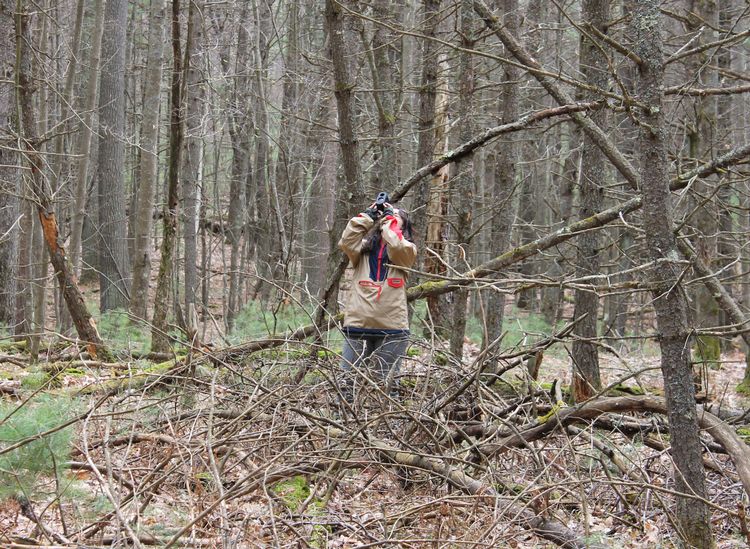
Spotlight #84 – Task Force probes ‘whys’ behind increased tree mortality
Spotlight #84 – Task Force probes ‘whys’ behind increased tree mortality
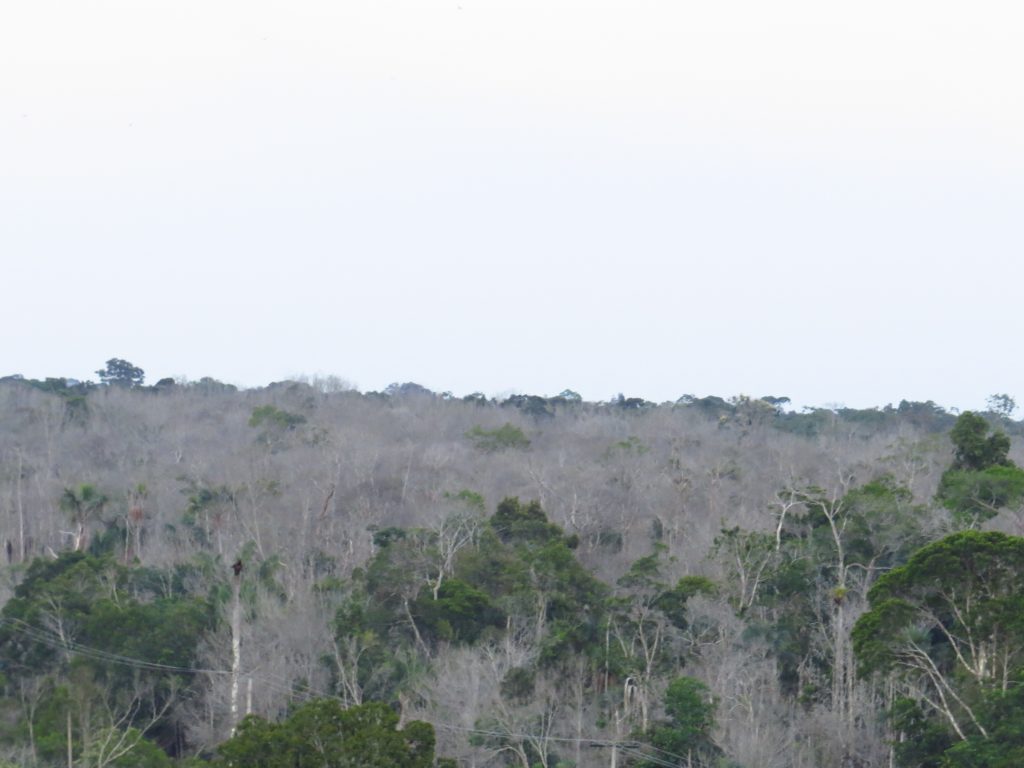
Tree mortality appears to be increasing at unprecedented rates.
One may be tempted to think: So what? Trees regenerate. They’ll grow back.
But, for a lot of reasons, it’s not quite that simple.
Read more…IUFRO-SPDC strengthens skills needed in an increasingly complex world (online)
IUFRO-SPDC strengthens skills needed in an increasingly complex world (online)
The online course “Systematic Evidence Evaluation on Forest Landscape Restoration” was organized as a collaboration between IUFRO’s Special Programme for Development of Capacities (IUFRO-SPDC) and the University of Oxford in the UK, and took place between the 12th and 16th of October 2020.

The subject of systematic evidence has become increasingly important in the last decade. The world is becoming more and more complex, and that asks for adequate policy making and smart management decisions. This course gives way to methods of evidence evaluation that support and encourage appropriate and accurate policy decisions and actions that can be taken about forests and forest-related land use.
Read more…What do current students expect from their future career in the forest-related sector?
What do current students expect from their future career in the forest-related sector?
Guest blog by Lisa C. Prior, Junior Researcher, Joint EFI-IFSA-IUFRO Project, EFI Resilience Office Bonn, Germany
First published on Resilience blog on June 9th (https://resilience-blog.com/2020/06/09/what-do-current-students-expect-from-their-future-career-in-the-forest-related-sector/
This is one of the questions the “Global Students Networking and Green Jobs in the forest sector” project is trying to investigate with their recently launched global survey among students and recent graduates of forest-related higher education programs.
The Green Jobs project is coordinated by the European Forest Institute (EFI) in collaboration with the International Forestry Students’ Association (IFSA) and the International Union of Forest Research Organizations (IUFRO). It investigates the transforming employment trends in the forest sector while putting a special focus on the perspective of students and recent graduates from around the world. The young generation is a key actor of the future whether as professionals, leaders, or educators. Their skills and advocacy will be essential for strengthening the forest sector towards a sustainable future.

Building on a literature review and an expert workshop investigating the current changes of employment in the forest sector, the objective of the survey is to gain a better understanding of the perception of necessary skills and competencies; and employment-related ambitions and preparedness of forest-related students from around the globe.
The questionnaire will take ~20 minutes to complete. We encourage you to share the survey with any students or recent graduates in your networks and further appreciate sharing with contacts at universities that could help to spread the survey among the target group.
Take part in the survey and help us find out what students expect from their future career in the forest-related sector!
Take the survey or share the link with students: https://www.surveygizmo.eu/s3/90242538/8b61967933ae
For further information please contact: lisa.prior@efi.int
Spotlight #83 – Examining the Economic Drivers of Wildfire: Where There’s Smoke, There’s Finance
Spotlight #83 – Examining the Economic Drivers of Wildfire: Where There’s Smoke, There’s Finance
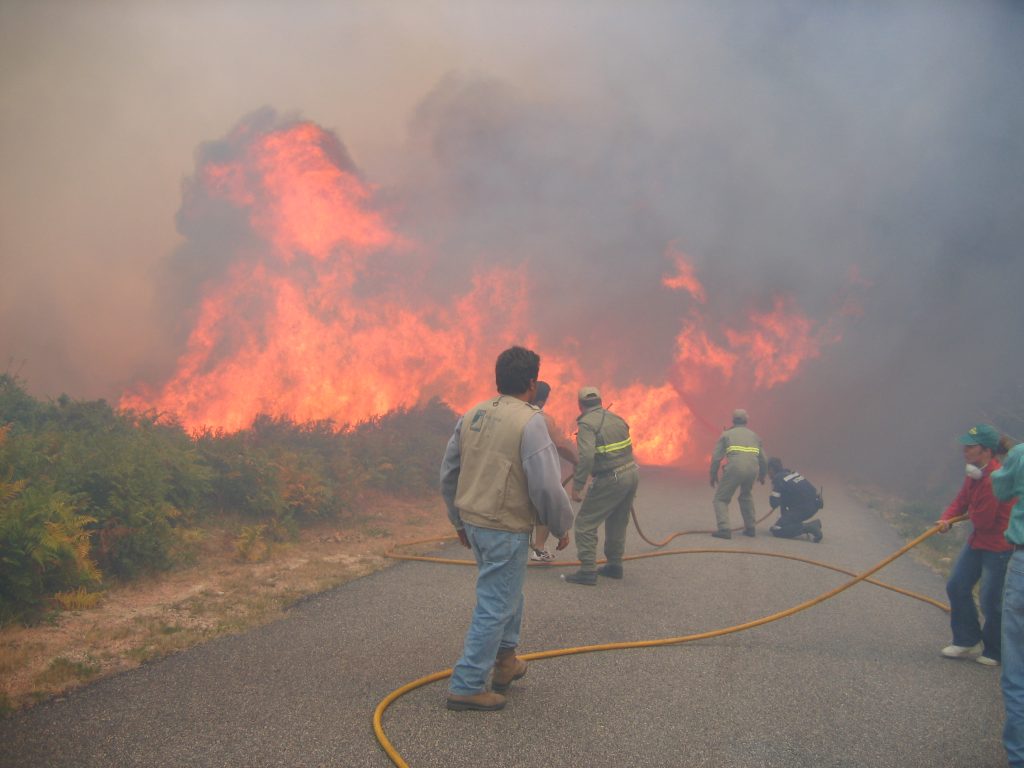
“The world is ablaze. Or so it seems, and the scenario is repeating itself every year now,” says Dr. François-Nicolas Robinne, of the University of Alberta’s Department of Renewable Resources, and Coordinator of IUFRO’s Fire$: Economic Drivers of Global Wildland Fire Activity Task Force (TF).
Spotlight #82 – More local involvement one key to FLR success
Spotlight #82 – More local involvement one key to FLR success
“What we’ve got here is failure to communicate.”
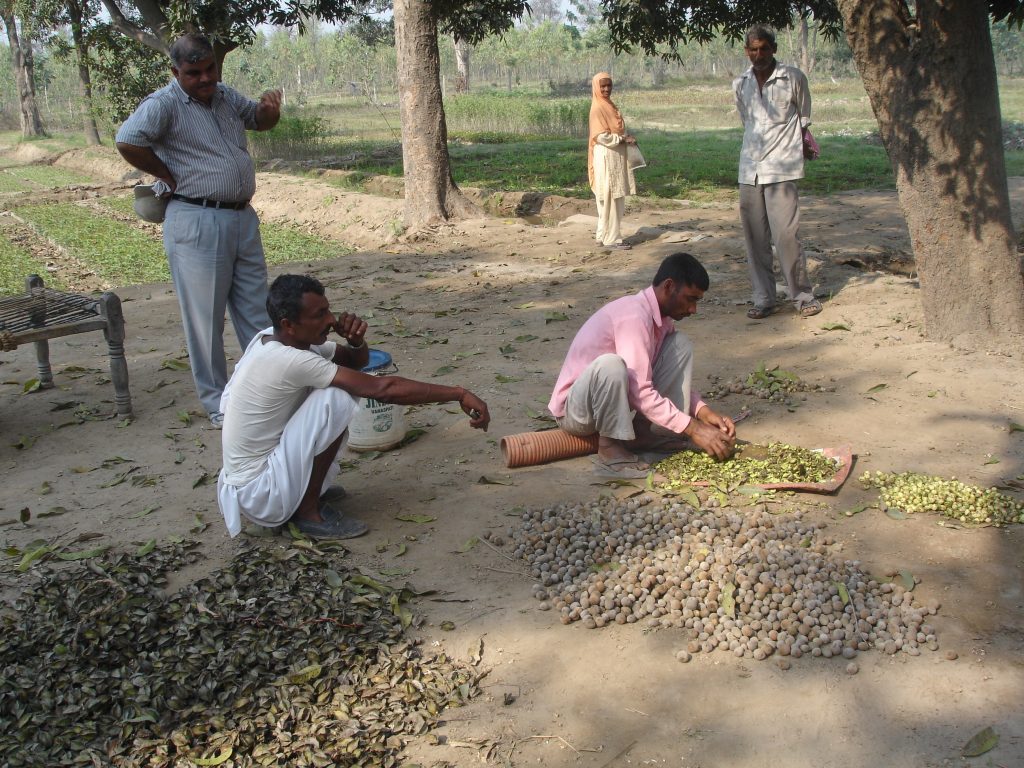
That classic line from the Paul Newman movie, Cool Hand Luke, has since become a catch phrase to describe situations – some comical, others quite serious – that go awry when people aren’t on the same page.
Used in its more serious sense, that phrase can explain the failure of many Forest Landscape Restoration (FLR) projects.
Read more…Spotlight #81 – Developing evidence-based cases for planted forests
Spotlight #81 – Developing evidence-based cases for planted forests
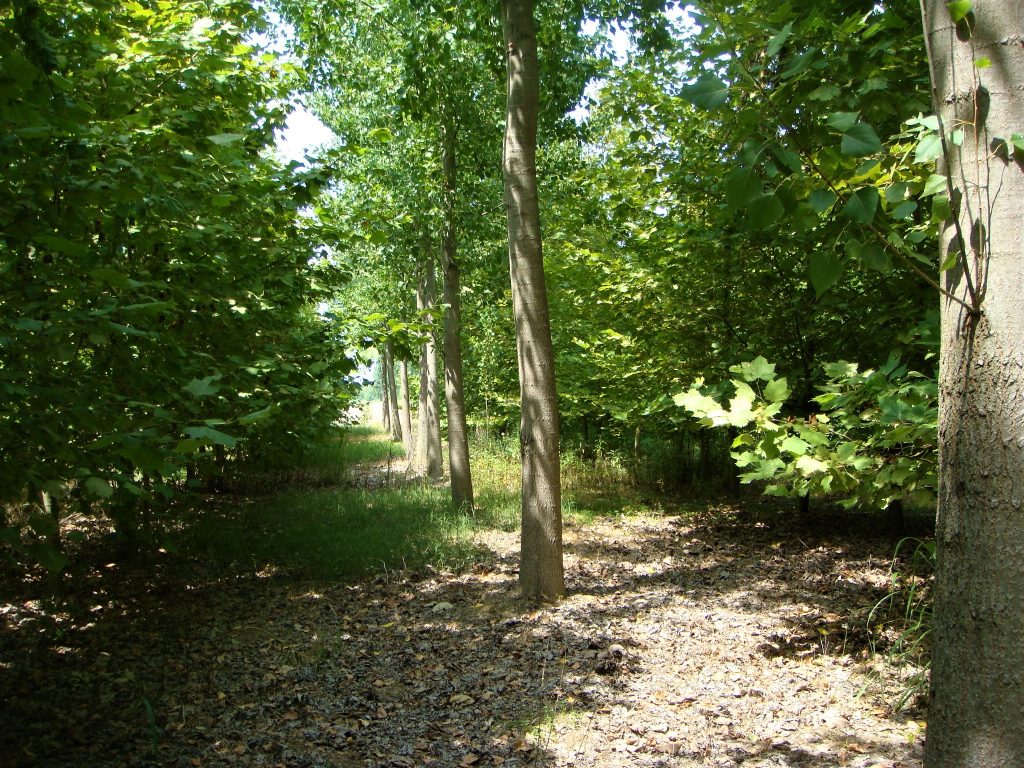
Plantation forests get a bad rap.
That’s the assessment of Christophe Orazio, who is coordinator of the IUFRO Task Force (TF) on Resilient Planted Forests and, after having led the Planted Forests Facility of the European Forest Institute (EFI-PFF) until its closure in 2019, is now director of the European Institute for Cultivated Forest (IEFC).

Plantation forests get a bad rap.
That’s the assessment of Christophe Orazio, who is coordinator of the IUFRO Task Force (TF) on Resilient Planted Forests and, after having led the Planted Forests Facility of the European Forest Institute (EFI-PFF) until its closure in 2019, is now director of the European Institute for Cultivated Forest (IEFC).
It Takes a Global Village to Plant and Manage a Trillion Trees
It Takes a Global Village to Plant and Manage a Trillion Trees
Author: Dr. John A. Stanturf
John Stanturf is a Visiting Professor at the Estonian University of Life Sciences, Tartu, Estonia, and Senior Restoration Specialist at InNovaSilva, Vejle, Denmark.
He is Deputy Coordinator of the IUFRO Task Force on “Transforming Forest Landscapes for Future Climates and Human Well-Being”.

Tree planting to combat climate change is wildly popular. Several countries and many organizations talk about planting billions or trillions of seedlings. Contrary viewpoints have also hit the popular press and scientific journals, pointing out that the need to reduce GHG emissions still remains the greatest challenge. Overlooked in many of these high profile news items is the reality that tree planting is not a simple activity; to be successful, we must plant the right trees, in the right places, at the proper time for young seedlings to prosper, grow, and eventually provide multiple benefits including biodiversity. Because it takes several decades until restored forests reach desired carbon sequestration levels, long-term management of forests and trees is key. And establishing new forests is even more complicated; successful tree planting requires planting stock grown with specific traits to meet the challenges of particular sites and the restoration objectives. Focusing only on planting ignores everything that is needed to get to the point of planting seedlings, including seed collection, processing, and nursery practices through to caring for seedlings after planting.
